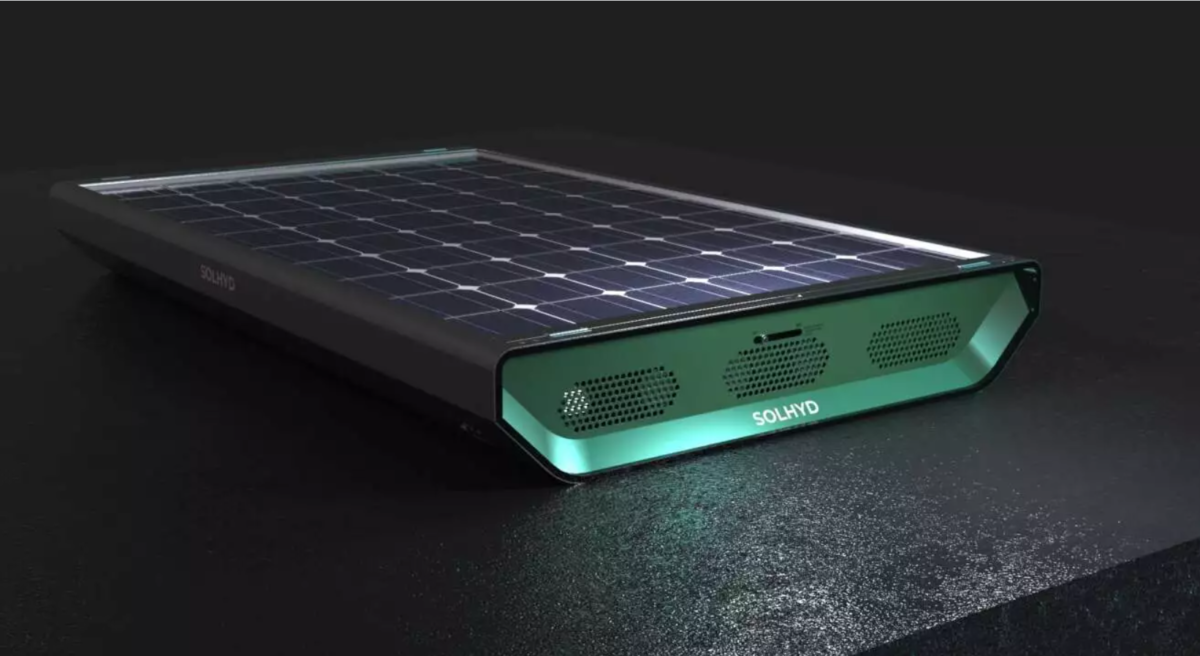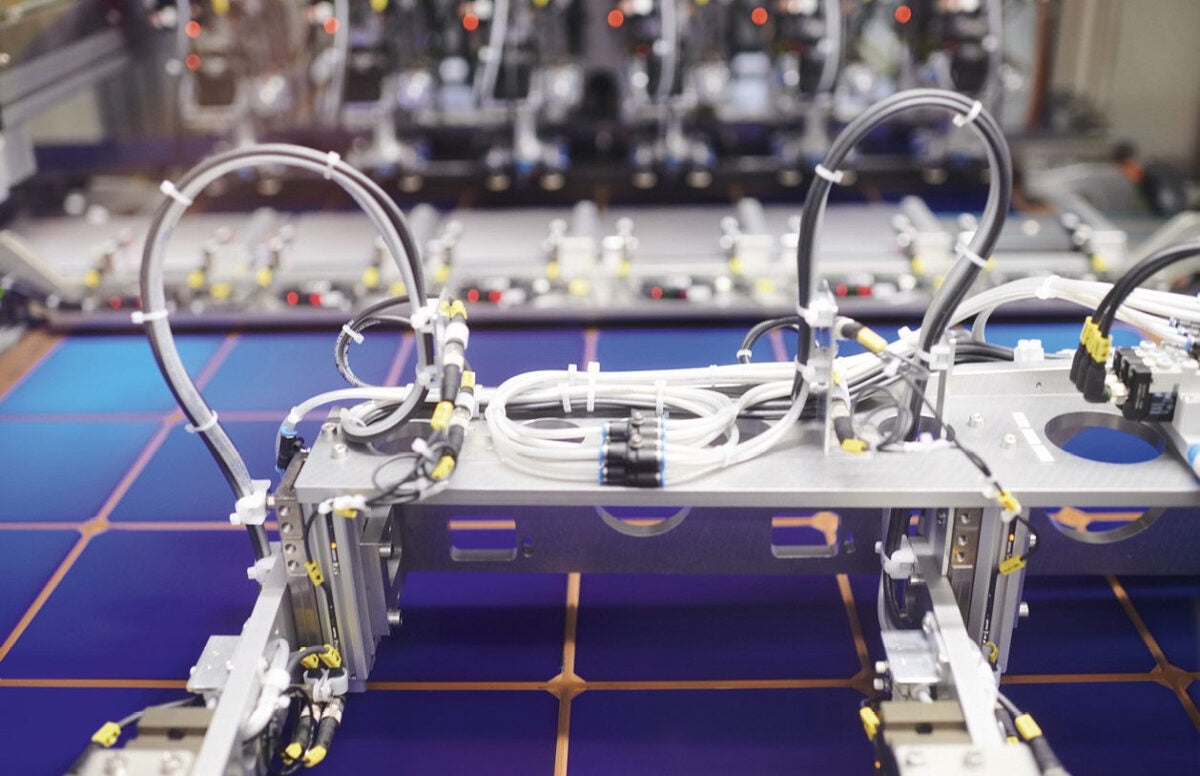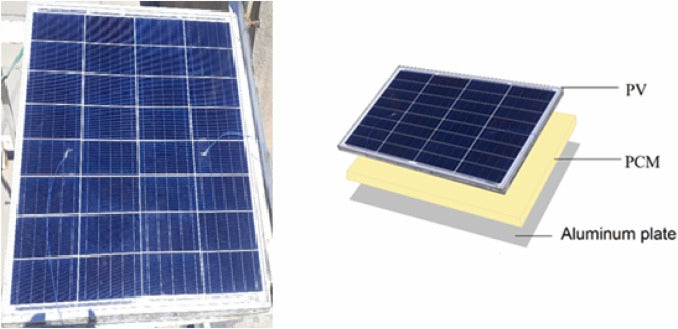https://www.pv-magazine.com/2023/12/08/ku-leuven-spinoff-plans-mw-scale-production-of-solar-hydrogen-panels/
KU Leuven spinoff plans MW-scale production of solar-hydrogen panels

After more than a decade of refinement, researchers transformed the hand-built prototypes into an appealing industrial design.
Image: Comate
After years of fine-tuning its solar-hydrogen panel technology, Solhyd has spun off from KU Leuven in Belgium and is looking to apply its potential in market-oriented, pilot projects and further develop its manufacturing capabilities.
The newly established company has raised seed capital from a group of entrepreneurs active in Flanders, which have committed to injecting up to €6 million into the company over the next few years. The first tranche of €2 million was put on the table on Thursday.
“We have received a lot of interest from investors from all corners of the world,” Jan Rongé, CEO of Solhyd, told pv magazine. “We will now focus on establishing a network of partners, suppliers and system integrators and get ready for megawatt-scale production by 2026.”
The Solhyd technology combines a regular PV panel and a proprietary hydrogen-producing layer which are connected via gas tubes. Electricity produced by the top layer solar panel is used by catalysts to split water molecules extracted directly from the air using a membrane. The system is said to produce 250 liters of hydrogen per day, at a peak efficiency of 15%.
“The average real life efficiency we are targeting is 12% and upwards,” Rongé said.
Solhyd hydrogen panels are compatible with most commercial PV modules, which are directly plugged into the hydrogen-producing system.
“At this point, we prefer to go with mono PERC panels, but we are also very much looking forward to perovskite-silicon tandems, which we expect to be a very important step in our own development,” Rongé said. “However, in the long run, it makes sense to partner up with certain PV suppliers to optimize the technological synergies such as dimensions and operating voltage.”
So far, the technology has been tested in various climates and demonstrated that it can be deployed almost anywhere in the world.
“The determining factors is the sun. The hydrogen output directly depends on the solar input,” Rongé said. “Our panels can store humidity, so if you have a few dry days, that should not be a problem. The system has some resilience in that respect.”
The technology has also been tested in Africa, where it showed even better results than in Belgium.
Popular content
“A Belgium summer night is drier and shorter than most African nights,” Rongé said. “It is only in the middle of the dessert that our panel would have a problem to work efficiently,” he said. “In northwestern Europe conditions, one module can produce around 6 kg of hydrogen per year, but in more sunny regions you can easily go to 12 kg per year.”
A 1,000 square-meter roof would then produce 2 tons to 4 tons of hydrogen per year. A smaller roof with 20 hydrogen panels would produce 120 kg to 240 kg per year, which is 4 MWh to 8 MWh of hydrogen energy.
Most recently, Solhyd finished a batch of 10 panels to be deployed at a testing project in Belgium.
“There is still a lot of manual work involved and we are learning which steps we need and quality control measures to facilitate and speed up the production process,” Rongé said.
Solhyd's goal is to deliver a plug-and-play solution which will be primarily applied in industries such as the steel and chemical industry to make their operations more sustainable.
“Making hydrogen at your own premises with a modular technology like ours will also be interesting for SMEs,” Rongé said. “They have a really hard time finding affordable hydrogen or finding green hydrogen at all, because transporting hydrogen is quite expensive especially for those who are not located at ports.”
He said they continually assess the safety qualities of the technology internally and with external experts to evaluate potential risks. He noted that Solhyd panels generate hydrogen at a low pressure of 300 mbar to 500 mbar, similar to gas distribution grid pressure.
“We have designed our hydrogen panels to work at a very low pressure bacause it is cost optimal and safer. They contain almost no hydrogen at all or less one gram per panel so that means the risk is very limited,” Ronge said. “The risk only starts when you want to collect and store the hydrogen at a central location.”
This content is protected by copyright and may not be reused. If you want to cooperate with us and would like to reuse some of our content, please contact: editors@pv-magazine.com.




